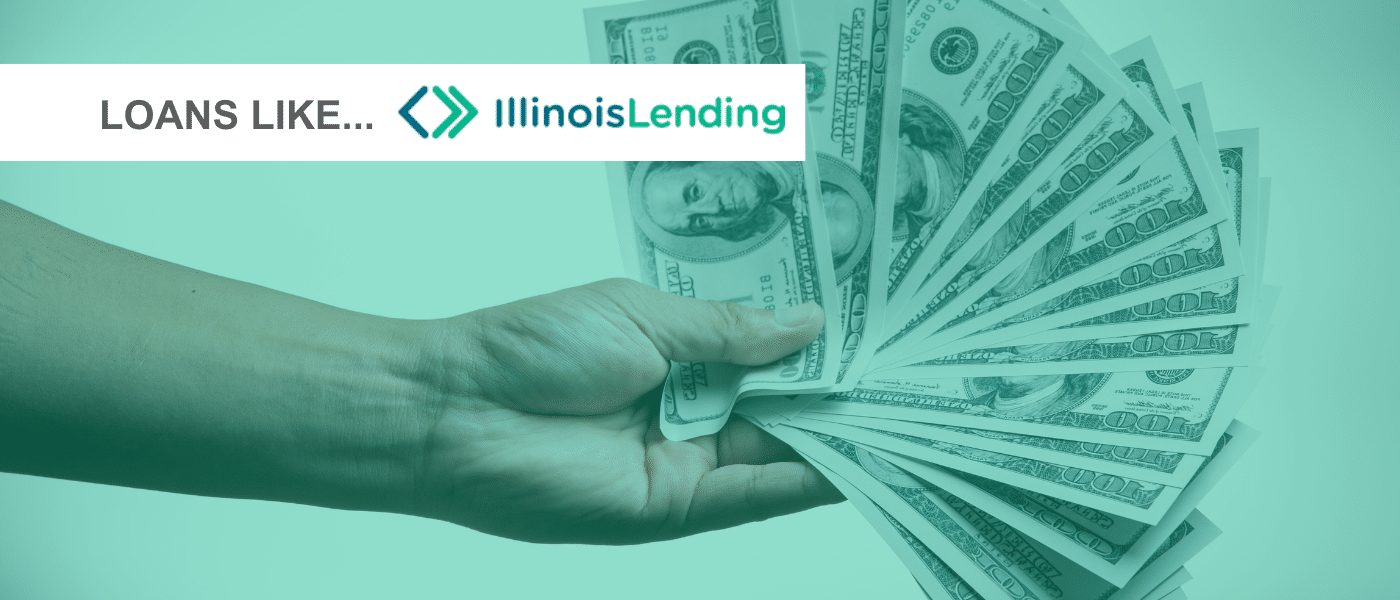When navigating the world of personal finance, you may come across terms that you don’t recognize. What can be even worse is when you come across negative financial terms for the very first time when you are in the midst of experiencing them. If you currently have an upside-down loan or have been warned against them, we will break down what they are, how to deal with them, and how to avoid them altogether.
The Definition Of an Upside-Down Loan
The basic definition of an upside-down loan is a loan balance that exceeds the market value of the piece of property the loan was used to purchase. In the most elementary explanation, you owe more than what you own.
An upside-down loan can be challenging to get out of because simply selling the car or house won’t repay what you owe in the remaining loan balance. Having an upside-down installment loan can be particularly stressful when you’re looking to sell or can’t afford to pay it off.
Most Common Types of Upside-Down Loans
Although there are other loans that can become upside-down loans, the primary type of loan that is most susceptible to becoming an upside-down loan is a vehicle loan. A car loses value from the moment you drive it off the lot. Because a car’s value depreciates so quickly, they are more likely to become worth less than what is owed on them compared to other major purchases.
Upside-down home loans, also known as underwater mortgages, do happen but not as often as you’ll find with auto loans.
Upside-Down Car Loan
An upside-down car loan happens when you owe more on your car than its trade-in value currently is. The car could have lost its value naturally as time has passed, or it could have depreciated very suddenly after an accident.
If it loses it naturally over time, then that could mean you aren’t paying off the loan quickly enough. However, there is not much you can do to ensure a car doesn’t become totaled part way through the loan terms.
As cars can lose a significant of their market value in the first few years, it is typically suggested to have a new car loan only have loan terms lasting up to four years. The goal is to pay down your car loan faster than the rate at which the vehicle depreciates.
You can also go upside-down on your auto loan if you take out a car title loan on the positive equity you do have in the car. This would mean you could owe more than the car is worth through both your existing car loan and the title loan you got with its equity.
How To Deal With An Upside-Down Auto Loan
You might feel a bit stuck if you currently owe more on your auto loan than the car is actually worth, but there are solutions that you can turn to in order to manage it. There are several ways to deal with an upside-down car loan. Determining which option for handling it will depend on your unique situation and your overall financial priorities.
Keep the Car and Pay Off the Loan
You can decide to keep the vehicle and keep on paying down the auto loan until it is paid off despite its negative equity. Sometimes this isn’t always possible as the sharp decrease in equity could have been a result of an accident. It might be too difficult to pay for repairs while maintaining the monthly payments on the car loan.
However, if the car is still drivable and you can make do with it until the upside-down car loan is paid off in full, doing so might be the best way to get as much value out of it as possible before you sell it.
Sell the Car and Pay Off the Loan
You can decide to sell the vehicle and use the money you receive in the sale to pay off the car loan. Because of the negative equity of the car, it is unlikely you will be able to get enough money in the sale to cover the remaining loan balance.
You will need to come up with some extra cash to cover the negative equity situation so that you can be thoroughly done with it in the private sale. If you can’t come up with the extra money to pay the remaining balance, you will risk a deficiency that could bring about more financial stress. Finding a private buyer can sometimes provide more money, making it easier to handle the existing loan.
Work Out a Plan With the Lender
Another option that many borrowers tend to overlook is attempting to work out a plan with the lender. If you explain your situation to your lender, they might be more willing to help figure out a way to manage the loan balance than you realize. If you got your car loan from a local bank or credit union, they might be willing to figure out a more flexible monthly car payment plan if you suddenly have negative equity in your car.
Discussing these things up front with the credit union loan officers could make them significantly more willing to work things out with you than if you were to stop making your monthly payment. Another option you could consider is voluntary repossession of the vehicle. But it is advisable that you have a thorough understanding of how that could affect your credit score before making any hard and fast decisions.
Refinance the Loan
Refinancing your current loan could get you better interest rates and get your monthly payments low, so they are easier to afford. You’ll be able to save on interest charges which can be extremely helpful if you have to spend money on a new car if your current one is not drivable.
How to Avoid An Upside-Down Loan In the Future
You can do several things to avoid negative equity on auto loans you obtain in the future. It is essential to have financial protection in place when you are getting a new auto loan and to make sure that your next car fits into your budget so you can pay off the loan quickly. Here are a few ways you can avoid the drawbacks of negative equity:
Make a Large Down Payment
Auto loans typically have a down payment, but there are lenders who don’t require them. However, a sizeable down payment can provide excellent protection against negative equity. Paying for a more significant portion of the total cost of the car will set you up with a lower loan balance that can set you up for success.
Get Gap Insurance
When the insurance settlement might value the trade-in equity of the car as less than what you owe on the loan balance, gap insurance can make up the difference. This kind of insurance add-on covers the additional amount that you still owe on the loan, which can make up for any financial fall-out when the car is totaled.
Choose the Vehicle Carefully
When obtaining a new loan on your next vehicle, be careful in picking out which car you are going to buy. Getting an expensive car for your new vehicle might be tempting, especially since you can pay it off slowly with a car loan.
But remember that even an expensive new vehicle will quickly decrease in value. The higher the price of the car, the longer it will take you to pay it off, and the more likely it is you will find yourself in a negative equity situation again.
Make Extra Payments
One of the best financial decisions you can make to decrease the possibility of an upside-down loan is to make extra payments on your car loan every month instead of just paying the minimum amount. Not only will this help keep your loan balance under the value of your car, but it will also make it so that you spend less money in interest costs over the life of the loan.
Pick a Good Loan Term
Auto loans come with loan terms that can last up to six years or even longer, depending on the lender. It is typically very tempting to take the long-term loans so you can have a lower monthly payment.
However, the longer the loan terms are, the more likely you will end up with an upside-down car loan. You will end up in a much better position if your car loan always has loan terms of four years or less. The shorter the loan term, the most likely you are to keep up with the depreciation in the value of the car.
References:
How to Get Out of an Upside Down Car Loan & How to Avoid





